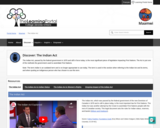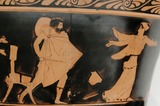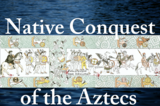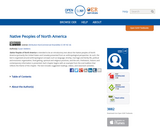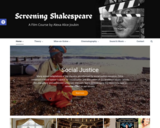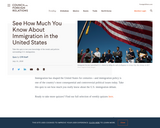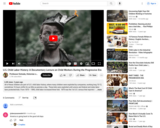
Sara Rivers-Cofield, Curator of Federal Collections at the Maryland Archaeological Conservation Laboratory, walks through applying acid-free paper labels to artifacts. This is an alternative to labelling artifacts with permanent archival ink, and the tutorial is appropriate for both students and professional education. The Maryland Archaeological Conservation Laboratory (MAC Lab) standards and guidelines for preparing artifact collections and their associated records, both paper and digital, for permanent curation at the lab can be found at https://jefpat.maryland.gov/Documents/mac-lab/technical-update-no1-collections-and-conservation-standards.pdf
The MAC Lab is a state-of-the-art archaeological research, conservation, and curation facility located at Jefferson Patterson Park and Museum, the State Museum of Archaeology. The MAC Lab serves as the primary repository for archaeological collections recovered from land-based and underwater projects conducted by state and federal agencies throughout Maryland.
This resource is part of Jefferson Patterson Park and Museum’s open educational resources project to provide history, ecology, archaeology, and conservation resources related to our 560 acre public park. JPPM is a part of the Maryland Historical Trust under the Maryland Department of Planning.
- Subject:
- Applied Science
- Archaeology
- History
- Social Science
- Material Type:
- Lesson
- Module
- Provider:
- Jefferson Patterson Park and Museum
- Author:
- JPPM Admin
- Date Added:
- 11/17/2021






![Lenses of Vietnam: Protest in a Democracy [Inquiry Design Model (IDM) Unit Plan]](https://img.oercommons.org/160x134/oercommons/media/courseware/lesson/image/22Photograph_of_a_Female_Demonstrator_Offering_a_Flower_to_a_Military_Police_Officer22_by_Albert_R._Simpson_uOQkEc8.gif)
